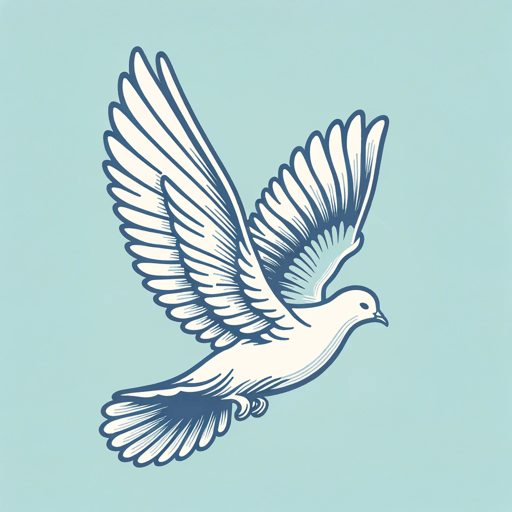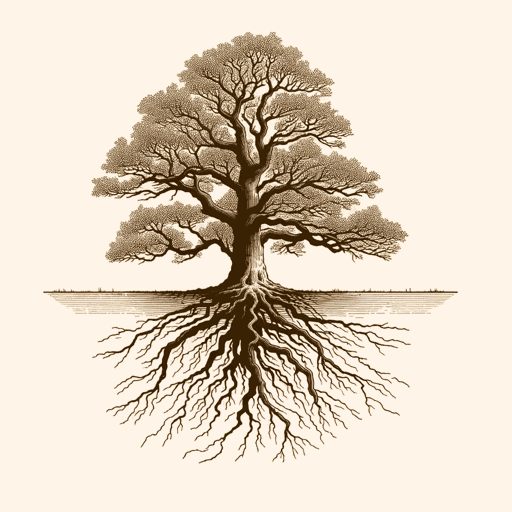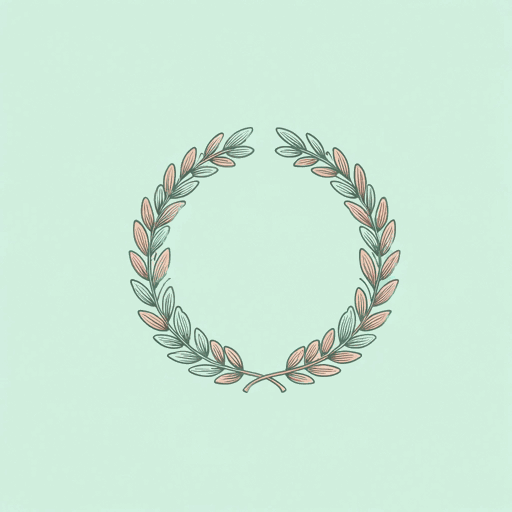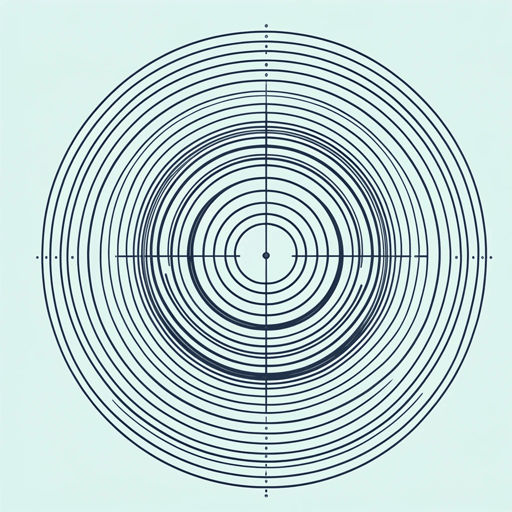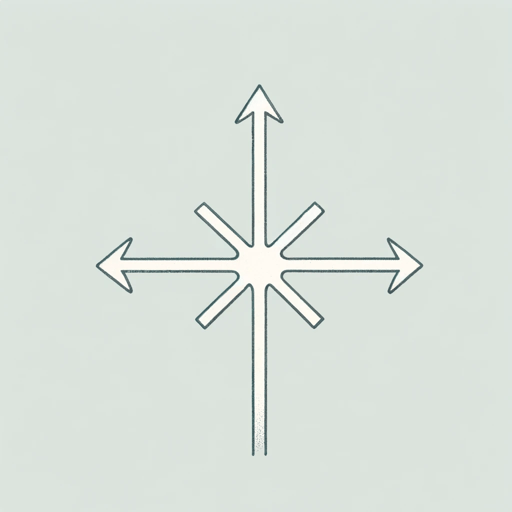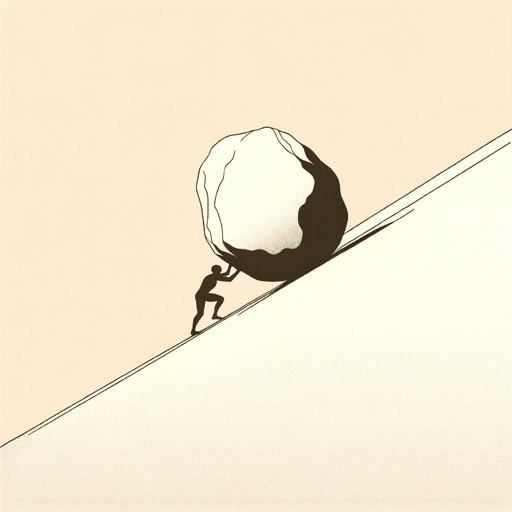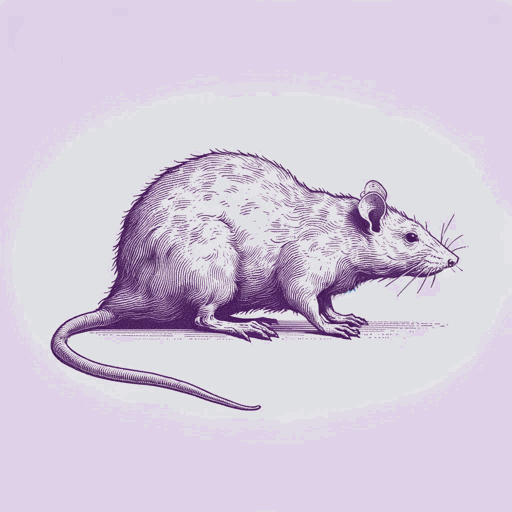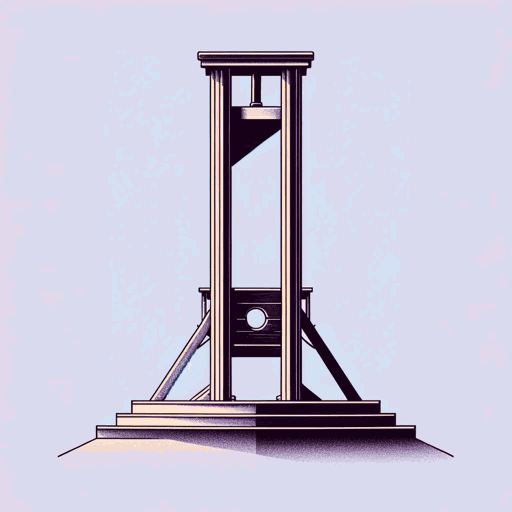39 pages • 1 hour read
Albert CamusThe Rebel: An Essay on Man in Revolt
Nonfiction | Book | Adult | Published in 1951A modern alternative to SparkNotes and CliffsNotes, SuperSummary offers high-quality Study Guides with detailed chapter summaries and analysis of major themes, characters, and more.
Part 4Chapter Summaries & Analyses
Part 4 Summary: “Rebellion and Art”
In Part 4, Camus shifts gears somewhat, choosing to focus on the relationship between art and acts of rebellion. According to Camus, all art is a form of rebellion in the sense that the artist cannot really accept reality as it is; he instead attempts to recreate reality, or reshape it, within his works of art. But because the artist is constantly engaged in a dynamic, questioning relationship with reality instead of a rejection of reality, and because the artist creates in a questioning spirit instead of a rigid, top-down, ideological one, the true artist is often the target of totalitarian revolutionaries. This is because all totalitarian revolutionaries are mistrustful of artists’ freedom and wish to have art that serves only the revolution.
Camus then discusses the nature of the novel, arguing that within the novel the artist can achieve the kind of unity and perfection that all humans secretly long for, but which eludes mankind in reality. This is a unity that revolutionary ideologues tend to promise in their utopian thinking but cannot actually deliver in the real world. For Camus, art is the closest mankind can get to experiencing the elusive unity it craves.
Related Titles
By Albert Camus
